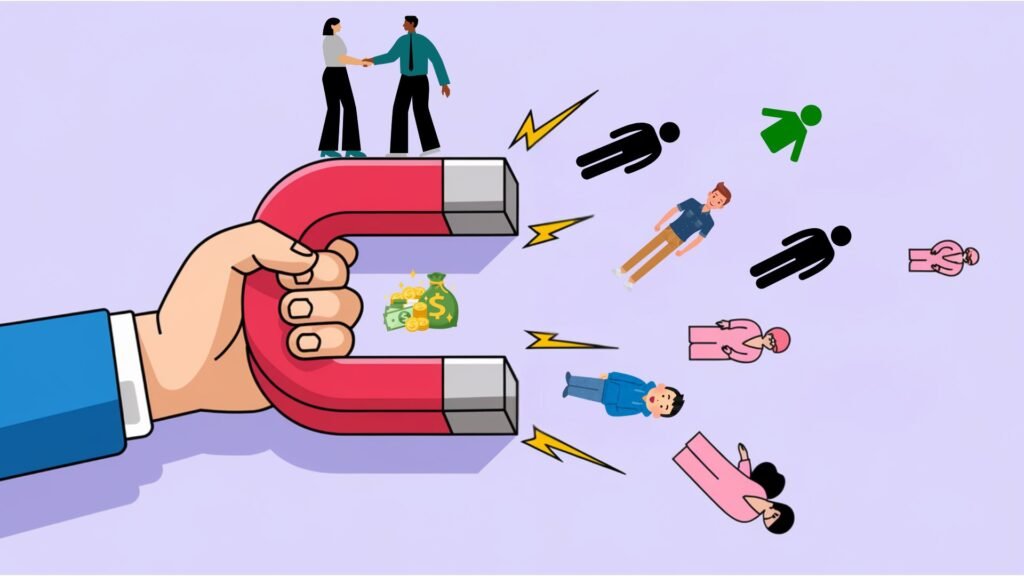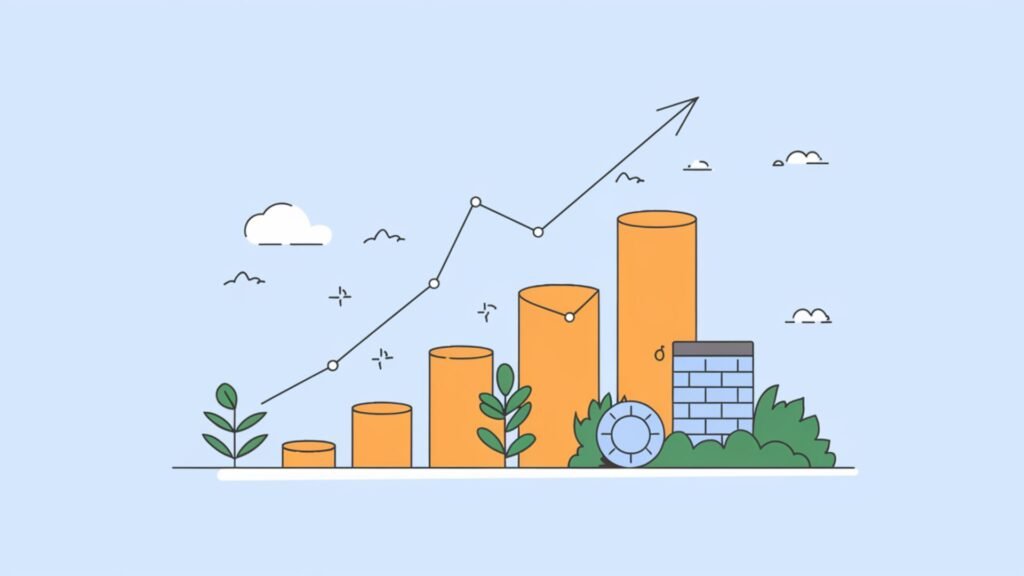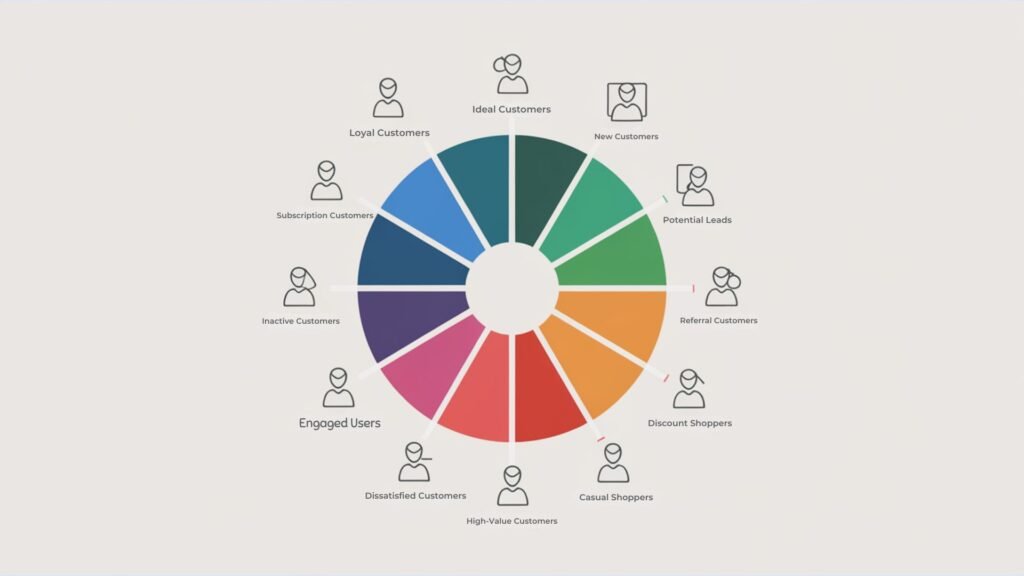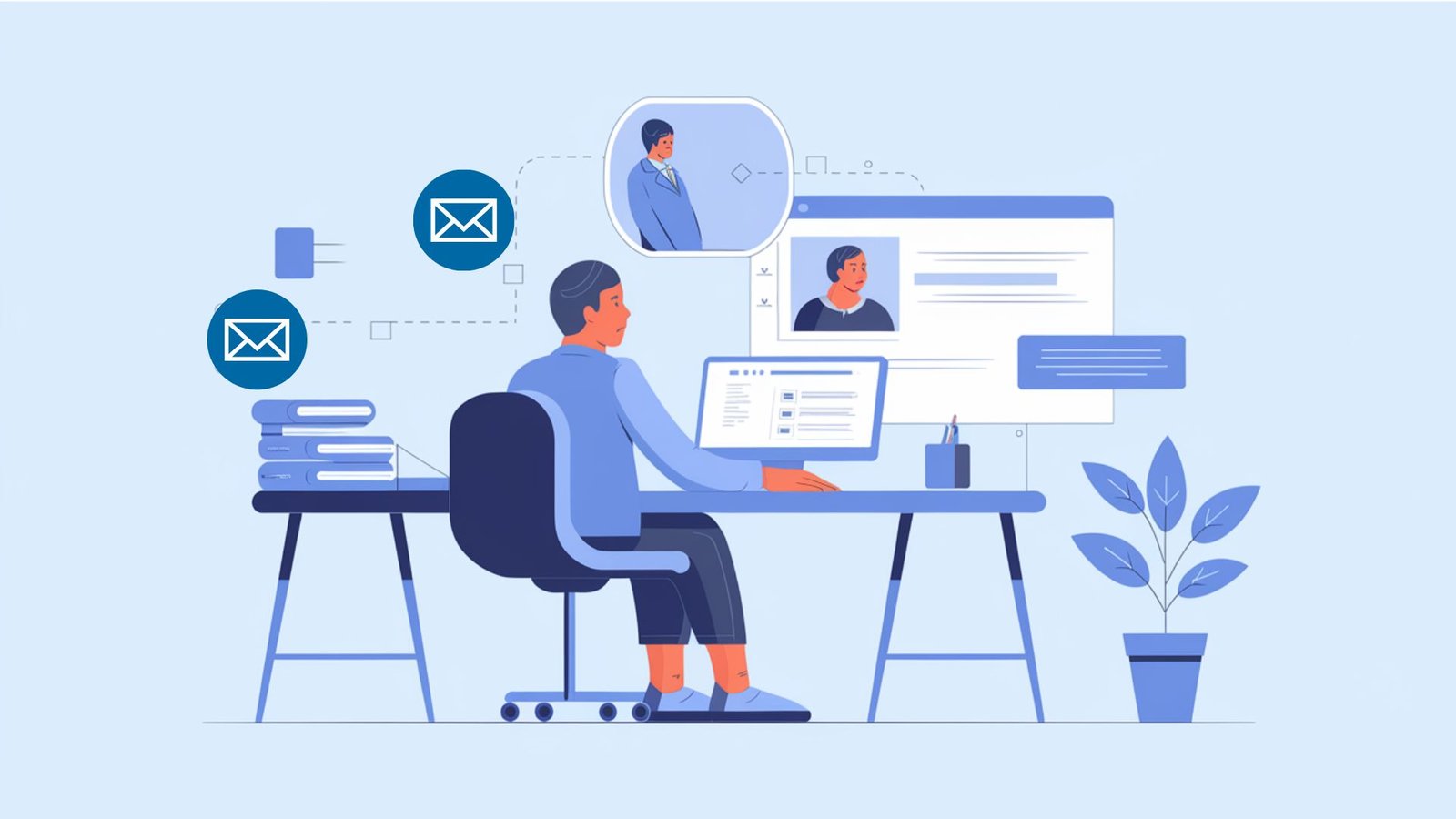
The Ultimate Guide to Customer Follow-Up Automation (2025): Boost Retention When You’re Too Busy
Are you constantly drowning in client work but know you’re leaving money on the table by not following up? You’re not alone. Studies show that 48% of businesses lose sales simply because they fail to follow up with existing customers. The good news? You don’t need more hours in the day—you need smarter follow-up systems.
Ready to stop losing customers due to inconsistent follow-up? Book a free 30-minute automation strategy session to discover how your business can implement these systems.
Why Most Businesses Fail at Customer Follow-Up (Even When They Know Better)
The numbers don’t lie: following up with existing customers is 5-25 times less expensive than acquiring new ones. Yet most businesses prioritize new customer acquisition while neglecting their existing customer base. Here’s why:
- Time constraints: The average business owner works 52 hours per week with customer follow-up falling to the bottom of the priority list
- Lack of systems: Without automated workflows, follow-up becomes manual and inconsistent
- Fear of being “annoying”: Many businesses worry about bothering customers (despite data showing customers appreciate relevant follow-up)
The result? Missed opportunities for repeat business, referrals, and revenue growth.
The Automated Follow-Up Framework: 5 Steps to Never Drop the Ball Again
1. Segment Your Customer Base for Personalized Follow-Up
Before automating anything, categorize your customers based on:
- Purchase history (one-time buyers vs. repeat customers)
- Purchase value (high-value vs. low-value customers)
- Purchase recency (recent vs. lapsed customers)
- Customer satisfaction (based on feedback or NPS scores)
This segmentation ensures your follow-up messages feel personalized rather than generic.
2. Create Your “Too Busy” Tech Stack for Seamless Follow-Up
The right tools make follow-up possible even when you’re swamped:
- Email automation platform: Choose from options like ActiveCampaign, Mailchimp, or Klaviyo
- CRM system: HubSpot, Zoho, or Salesforce to track customer interactions
- SMS automation: Tools like SimpleTexting or EZ Texting for text follow-ups
- Social media scheduling: Buffer or Hootsuite for social media engagement
- AI-powered communication: Tools like Drift or Intercom for real-time chat follow-up
Pro tip: Choose platforms that integrate with each other to create a seamless workflow.
Not sure which tools would work best for your specific business? Schedule a complimentary 30-minute consultation and we’ll help you build your ideal follow-up tech stack.
3. Develop “Set It and Forget It” Follow-Up Sequences

Create these five essential automated sequences:
Post-Purchase Sequence
- Day 1: Thank you email with usage tips
- Day 3: Check-in message asking about experience
- Day 7: Request for feedback or review
- Day 14: Cross-sell or upsell related products/services
Re-Engagement Sequence
- For customers inactive for 30-90 days
- Include special “we miss you” offers
- Share testimonials from satisfied customers
- Provide value through educational content
Special Occasion Sequence
- Birthday/anniversary messages with special offers
- Holiday greetings and promotions
- Customer milestone celebrations (e.g., “one year with us!”)
Feedback Collection Sequence
- Automated surveys at key touchpoints
- Follow-up based on response (positive or negative)
- Close the loop on resolved issues
Renewal/Replenishment Sequence
- Reminders before subscriptions expire
- Notifications when it’s time to reorder
- Early renewal incentives
4. Personalize at Scale with AI-Powered Communication
Leverage AI to make automated messages feel personal:
- Use dynamic content blocks that change based on customer data
- Implement smart timing that delivers messages when customers are most likely to engage
- Create conditional logic paths that adapt based on customer actions
- Utilize AI writing assistants to craft personalized messages at scale
Example: Instead of “Dear Customer, thank you for your purchase,” use “Hi [First Name], thank you for choosing our [Specific Product] yesterday! Many customers like you have found that…”
5. Measure, Optimize, and Scale Your Follow-Up System
Track these key metrics to ensure your follow-up system is working:
- Open rates and click-through rates for emails
- Response rates for direct messages
- Conversion rates from follow-up to additional purchases
- Customer retention rates after implementing your system
- Customer lifetime value increases
Adjust your messaging, timing, and channels based on performance data.
Case Study: How ServicePro Increased Retention by 37% with Automated Follow-Up
ServicePro, a busy home service company, was struggling to keep up with customer follow-up. After implementing an automated system:
- Their team saved 15+ hours per week on manual follow-up
- Customer satisfaction scores improved from 7.2 to 9.1 (out of 10)
- Repeat business increased by 37% within 3 months
- Referrals grew by 42% through automated “ask for referral” sequences
“We were leaving money on the table simply because we were too busy to follow up consistently,” says John Martinez, CEO. “Our new system ensures no customer falls through the cracks, even during our busiest seasons.”
BONUS: Free Customer Follow-Up Templates
Need help getting started? Schedule your free 30-minute strategy session and receive our proven follow-up templates as a bonus. These templates cover every stage of the customer journey and can be customized to fit your brand voice.
Common Follow-Up Automation Mistakes to Avoid
Even with automation, businesses make these critical errors:
- Over-automation: Making messages feel robotic and impersonal
- Poor timing: Sending follow-ups too frequently or at odd hours
- Lack of value: Focusing on selling rather than providing value
- No human backup: Failing to have real people monitor automated systems
- Set-and-forget mentality: Not updating sequences based on performance
FAQ: Customer Follow-Up Automation

How much time does automated follow-up save the average business?
Most businesses report saving 5-10 hours per week after implementing automated follow-up systems, allowing them to focus on core operations while maintaining customer relationships.
Will customers know my follow-up messages are automated?
With proper personalization and timing, most customers won’t realize messages are automated. The key is to include dynamic content and ensure automated messages sound natural.
What’s the ideal frequency for customer follow-up?
It depends on your industry, but most successful businesses follow up within 24 hours of purchase, then once a week for the first month, and monthly thereafter. Always include easy opt-out options.
How much should I budget for follow-up automation tools?
Entry-level automation tools start around $50/month, while comprehensive solutions range from $200-500/month. Most businesses see positive ROI within 2-3 months.
Can I automate follow-up across multiple channels (email, SMS, social)?
Yes, modern omnichannel automation platforms allow you to coordinate follow-up across multiple channels based on customer preferences and engagement patterns.
Your Next Steps: Implementing Customer Follow-Up Automation
Even if you’re overwhelmed with daily operations, you can implement automated follow-up in phases:
- Start with a simple post-purchase email sequence (can be set up in one day)
- Add a basic CRM to track customer interactions (1-week implementation)
- Develop your re-engagement sequence for lapsed customers (add in month 2)
- Integrate additional channels like SMS and social media (month 3)
- Refine and optimize based on performance data (ongoing)
Don’t let “being too busy” cost you valuable customer relationships and revenue. With the right automated follow-up system, you can provide exceptional customer care even when your calendar is packed.
Ready to implement automated follow-up in your business? Book your free 30-minute follow-up automation assessment today and get a custom implementation plan tailored to your business needs.


Leave a Reply